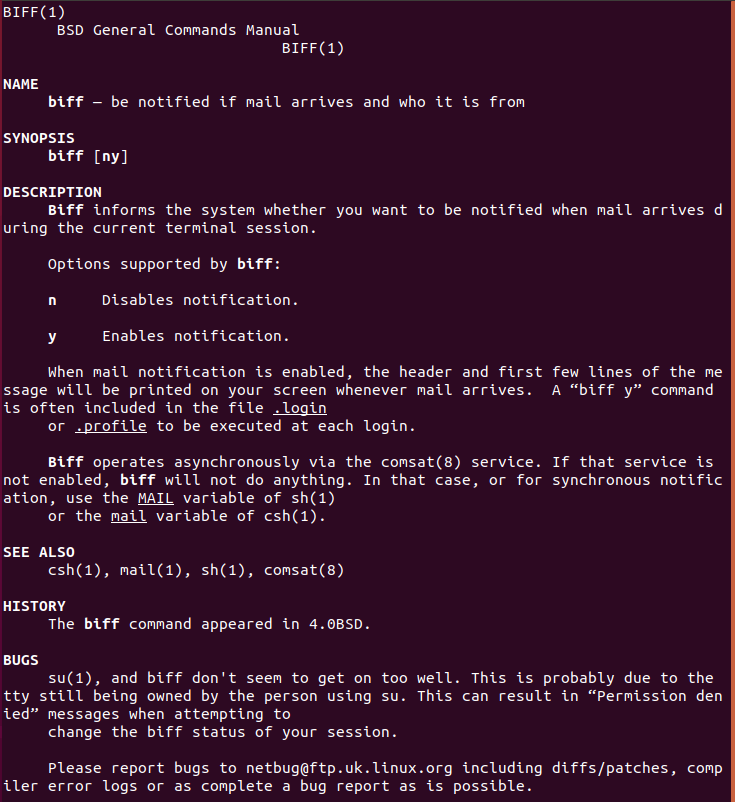

- #THE MAIL COMMAND IN LINUX HOW TO#
- #THE MAIL COMMAND IN LINUX INSTALL#
- #THE MAIL COMMAND IN LINUX FULL#
- #THE MAIL COMMAND IN LINUX FREE#
Just use DNF as root: # dnf -y install alpine Installing Alpine on Fedora is simple because it is available from the Fedora repository. Using it on a remote computer requires a good bit more. It's relatively simple to configure Alpine on the same host as the email server. A bit of bother, really.īut now I want to run Alpine on my workstation or laptop. I explained this in my previous article, but the bottom line is that I wanted to circumvent ISPs that block outbound port 25 for mail transfer in the name of spam reduction. I previously set up Alpine on my mail server-I used secure shell (SSH) to log into the email server using my email account and then launched Alpine to access my email. I already had Alpine set up from my previous use, so it was just a matter of starting to use it again. It is also about scratching my sysadmin itch to do something different and use an excellent text mode interface in the process. The main attraction is the ease of use offered by keeping my hands on the keyboard (and reducing the number of times I need to reach for the mouse).

I recently decided to exclusively use Alpine for email. I described how I used Alpine to circumvent problems sending emails from ISP networks when I was traveling away from my home email system. This desire to go retro with my email client started back in 2017 when I wrote an article about Alpine for.
#THE MAIL COMMAND IN LINUX FREE#
Free online course: RHEL Technical Overview.I finally realized that what I wanted was to go back to Alpine, the descendant of Pine, the text user interface (TUI) email client I used for a time about 20 years ago. None of the other GUI-based email clients available on Linux have ever really appealed to me. I decided it was time for a change-and not just to a different graphical user interface (GUI) mail client. I was curious about whether I could find an email client to provide a better (or at least different) experience than Thunderbird and be at least as efficient. Rather, after many years, I grew tired of it. Over the last few months, I have become dissatisfied with Thunderbird-not because of anything particularly wrong with it. One of the things that makes a good system administrator is curiosity-and I have more than my share. It is an excellent and functional desktop application that provides all the features that most people need-including me. I have used many different email clients over the last 30 years, and Thunderbird is what I have used the most in recent years. Welcome to the communityĮmail is an important communications medium and will remain so for the foreseeable future.Running Kubernetes on your Raspberry Pi.

#THE MAIL COMMAND IN LINUX HOW TO#
How to read and send e-mail in a telnet or SSH session. When finished composing the message, type Ctrl-D on a new line. If mail is found, the user is placed at a mail command prompt type ? for a list of commands. Opens the mail program and displays the first message in the mailbox, if any. Use specified URL as a mailspool directory. Set the maximum number of times to retry acquiring the lockfile.

Number of seconds after which the lock expires.ĭefault locker flags ( E=external, R=retry, T=time, P=pid)
#THE MAIL COMMAND IN LINUX FULL#
Set full path of the external locker program Syntax mail Options -a, -append= HEADER: VALUEĪppend given header to the message being sent.


 0 kommentar(er)
0 kommentar(er)
